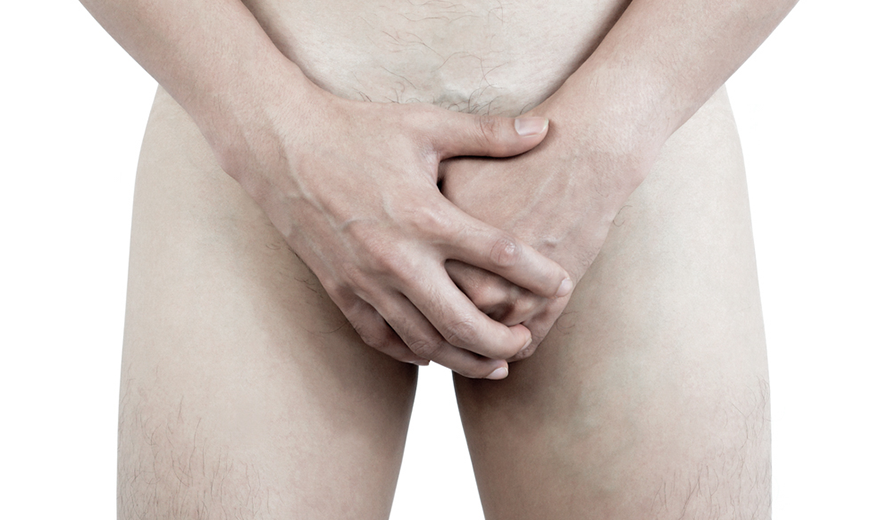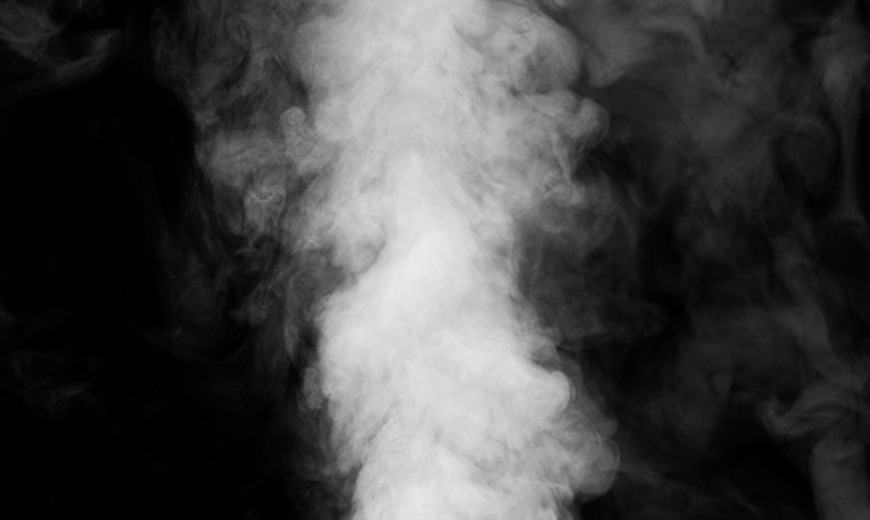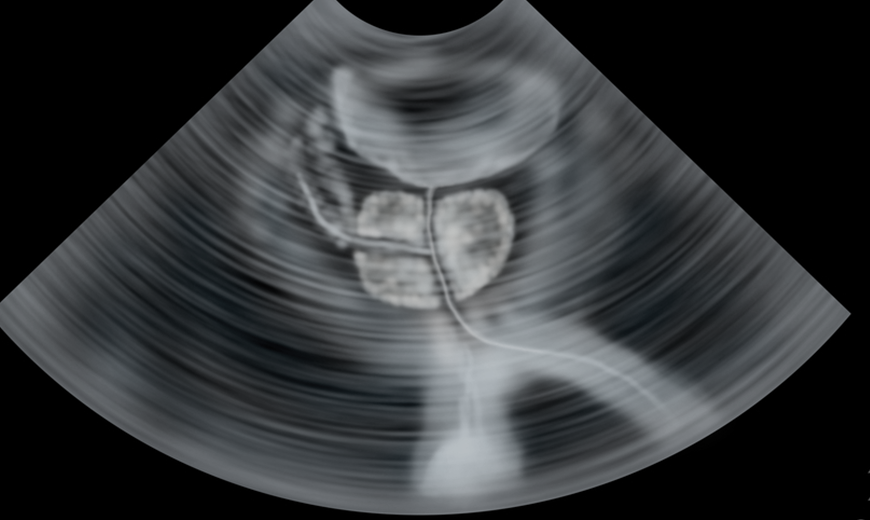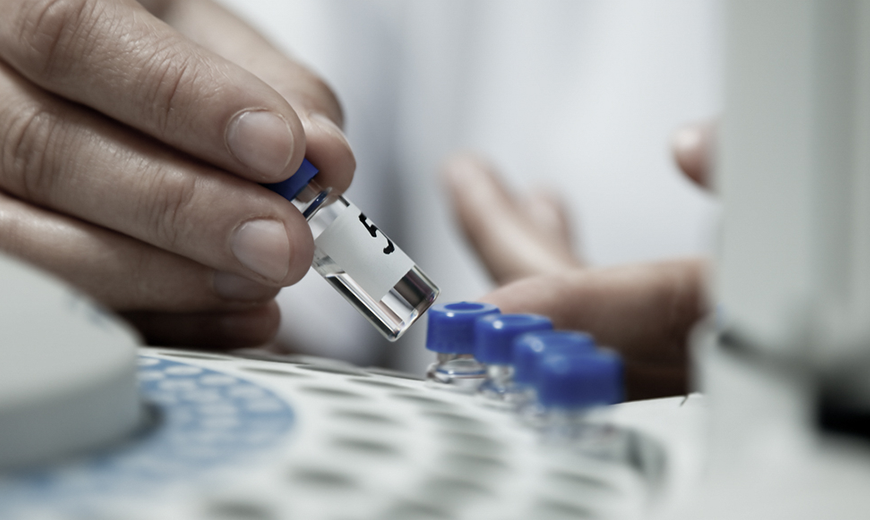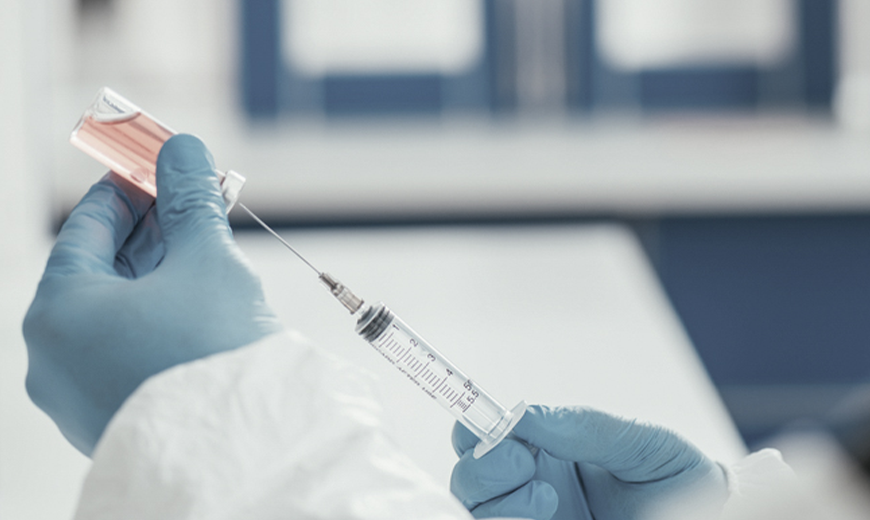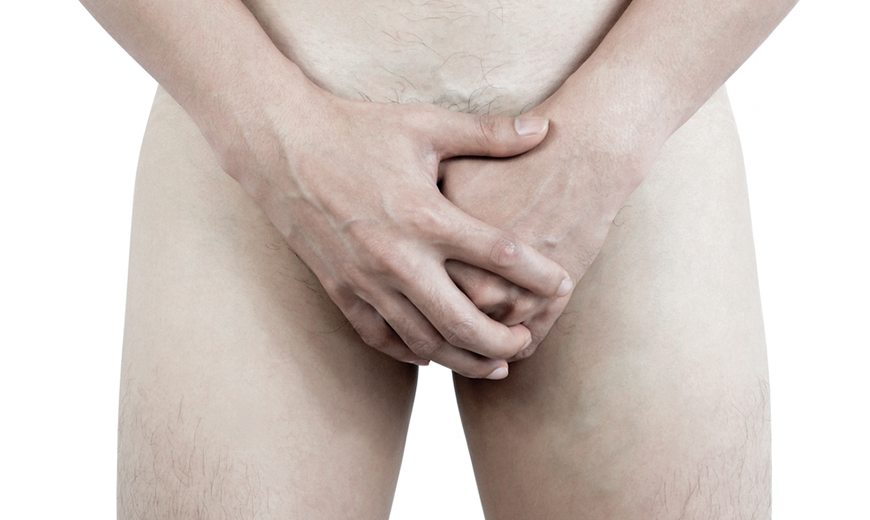
What is priapism?
Priapism is a rare pathology of the male reproductive system, characterized by a prolonged and painful erection not associated with sexual desire.
In normal situations, the male erection originates in a favorable hemodynamic condition in which there is vasodilation of the arteries of the cavernous body of the penis (anatomical responsible for the erection) and vasoconstriction of its veins, causing a considerable amount of blood to accumulate in the limb, making it larger and stiffer until the moment sexual stimulation ceases.
However, in priapism, the venous return of blood after ejaculation (or sexual stimulation) does not occur correctly and a large amount of blood remains stagnant there for long periods of time.
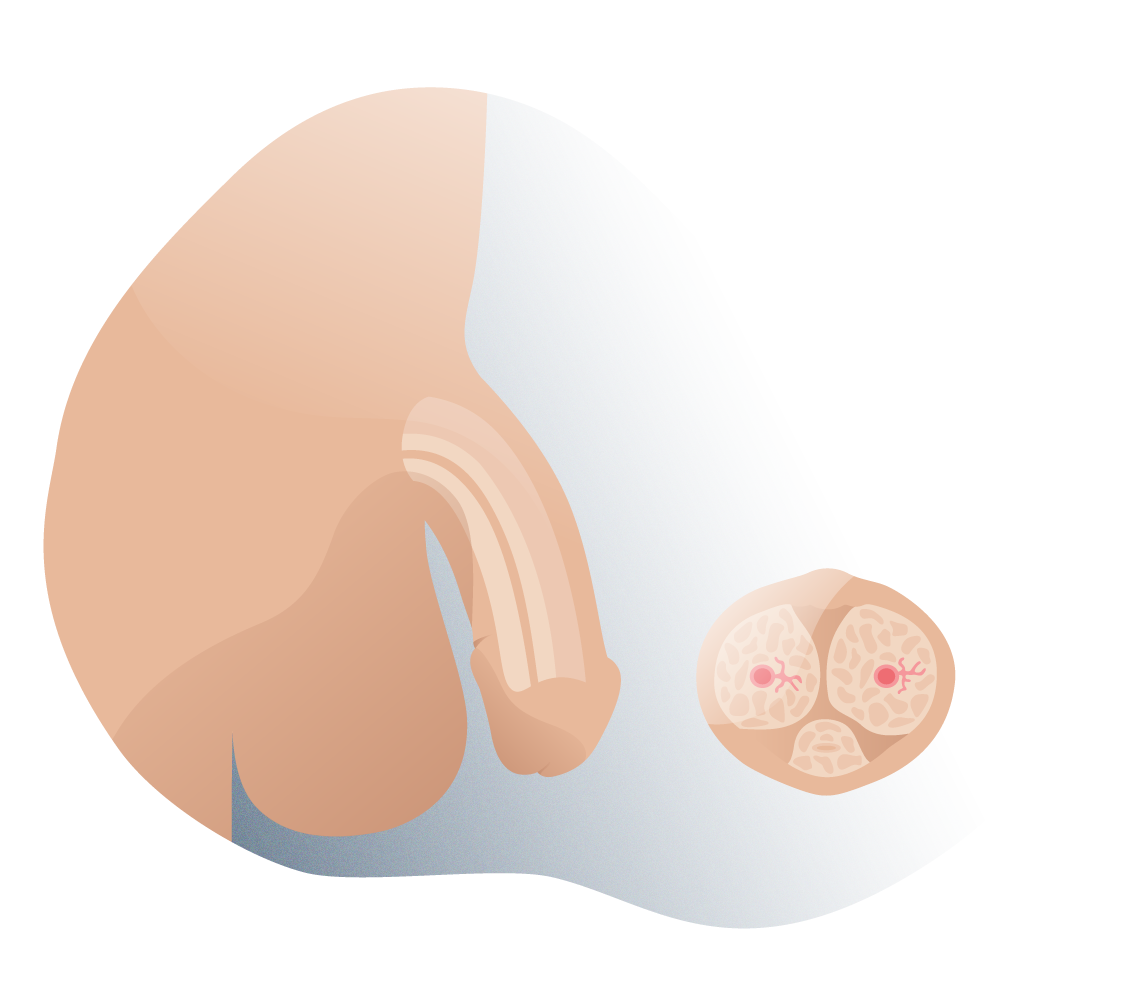
General anatomy of the erection. State of flaccidity.
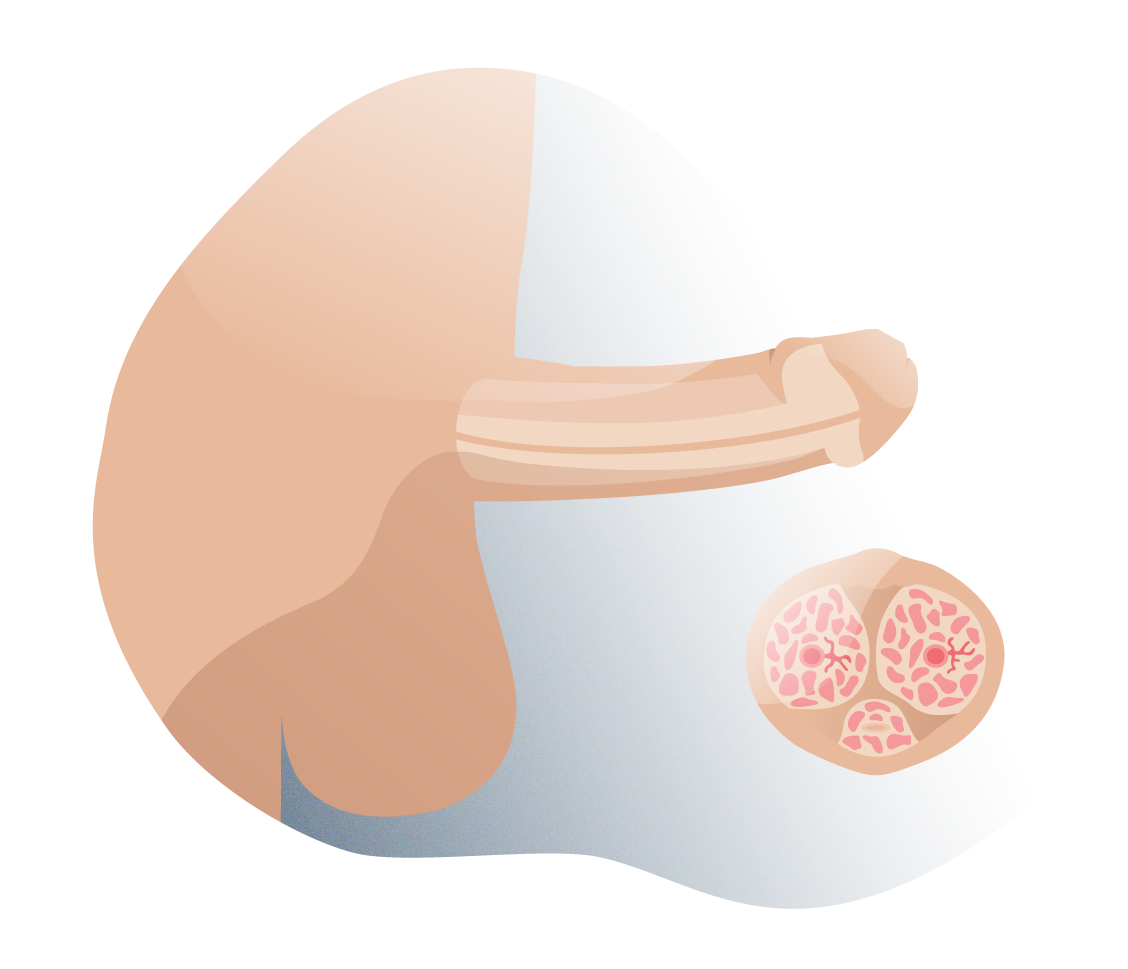
General anatomy of the erection. Erection status.
What happens to the penis during priapism?
The penis with priapism is characterized by loss of its usual shape, changes in skin color (it becomes a little bluish) and pain that gradually increases over time.
In more serious cases, if the priapism does not have an adequate medical management it can produce damage in the delicate tissues of the penis, in many cases, irreversible and with serious consequences.

Therefore, priapism is classified as a true urological emergency.
Looking for prices and information?
Use our virtual assistant and receive in your email everything related to the treatments that interest you. Budgets, recovery times, hospitalization, financing possibilities month by month, etc.
In just a few minutes and without any commitment.
En cumplimiento del Reglamento General de Protección de Datos le informamos que los datos por Vd. proporcionados serán objeto de tratamiento por parte de Andromedi con la finalidad de prestarle el servicio solicitado y/o contratado. Los datos no se cederán a terceros salvo en los casos en que exista una obligación legal. Para más información puede consultarla pinchando aquí.
Types of priapism
This pathology originates in hemodynamic imbalances, i.e. loss of harmony between the amount of blood entering and the amount of blood leaving the penis during erection.
Based on this principle, priapism can be classified according to the place where this imbalance of blood flow (arteries or veins) occurs:
Low-flow or ischemic priapism: It occurs most frequently (approximately 19 out of 20 cases in medical consultations) and only affects the corpora cavernosa. This has its origin in an alteration of the blood flow in the penis produced by a functional deficiency in the mechanisms in charge of making this organ “relax” after sexual stimulation. More specifically, it occurs at the level of the venous drainage mechanism that allows the blood accumulated in the penis during erection to return to the body’s circulation and the penis can return to its normal size (in the flaccidity period).
During a case of low-flow or ischemic priapism, changes in the chemical composition of the blood may occur, such as, for example, an increase in carbon dioxide and a decrease in pH (a measure of acidity), due to the fact that a quantity of blood remains detained longer than it should in a particular area.
As a result of these changes in the blood remaining in the corpora cavernosa of the penis, there is obvious inflammation of the limb, progressive pain, and marked variation in limb color (because the blood loses oxygen and turns blue).
High-flow or non-ischemic priapism: In this case, the prolonged and excessive erection of the penis is not due to an alteration in the veins of the penis but to an increased arterial flow of blood with normal venous drainage, but insufficient to produce the state of flaccidity in the face of this blood overload. It is much less frequent than ischemic priapism and has a higher recovery rate, with less negative sequelae.
Frequent causes and predisposing factors
It is not a 100% investigated pathology, since it is not very common, and the causes of its appearance are difficult to find out in some cases. Because priapism can originate in problems of the blood vessels of the penis, any chemical or physical factor produced by the body itself or received from outside, can affect the appearance of this disease. Among the most frequent causes of priapism are:
- Blood problems such as sickle cell anemia (also called sickle cell disease or Drepanocytosis) or some types of leukemia can cause blood cells to change shape and block the fine blood vessels in the penis, causing blood to accumulate excessively and not be able to be returned to the body's circulation.
- Vasodilator medications or adrenergic agonists, such as some antidepressants, antipsychotics, anticoagulants, antihypertensives, or drugs injected directly into the penis to treat erectile dysfunction, can cause priapism. Alcohol and other drugs may also be favorable conditions for its appearance.
- Trauma to the penis or pelvic area in general can cause increased blood flow in the area and lead to non-ischemic priapism. It happens frequently during sexual intercourse or hitting during sporting activities.
- Neurological disorders such as multiple sclerosis or injuries to the spinal cord or brain, also often cause imbalances in the normal function of the circulatory system of the body and therefore the penis (an area that is characterized by having a close relationship with this system). On the other hand, there are factors that, although they do not originate priapism as such, predispose it and increase the risk of developing it. These include the use of suction pumps or devices to increase penis size or delay ejaculation (rings or vibrators), excessive masturbation or some sexually transmitted diseases such as syphilis or HPV (human papillomavirus).
What is the relationship between priapism and erection drugs such as viagra, cialis or levitra?
These prescription drugs help produce potent and long-lasting erections by inhibiting the mechanism by which the penis returns to its normal state of flaccidity after ejaculation, thus increasing the time and quality of the erection.
These are completely safe drugs, used by millions of people every day. However, misused, without medical supervision (especially young men who consume them indiscriminately), these drugs known as Viagra, Cialis or Levitra (sildenafil, taladafil or vardenafil respectively) can produce excessively long erections due to unnecessary overdosage. The indications of medical professionals must always be respected and the amount of product ingested or applied must not be exceeded (Caverject for example is in erections), as otherwise it could mean a rather unpleasant visit to the emergency department. With continued abuse, long-term changes in the blood circulation of the penis could appear, helping to predispose cases of priapism to develop erectile dysfunction (even when the patient was not suffering from it).

Symptoms and diagnosis
Ischemic priapism usually shows certain characteristics that help differentiate it from non-ischemic priapism such as: pain that increases gradually (the second one is usually painless) and marked erection only in the body of the penis (being in non-ischemic priapism, in the entire length of the penis, including the glans, although not entirely rigid).
The change of color in the skin of the penis occurs in both types of priapism as a clear indication of tissue hypoxia (lack of tissue oxygenation).
The diagnosis of priapism may be limited to a physical examination of the penis (and general circulatory conditions such as blood pressure or heart rate) and an interview to help determine what may have caused the alteration, such as any change in sexual habits or the use of certain drugs.
Once the diagnosis of priapism has been confirmed, the doctor may use other strategies to find out the cause, such as blood gas tests (arterial and venous gas), Doppler ultrasound (to show the level of damage to the blood vessels in the penis) or cavernosography.

How to solve priapism? Possible treatments
The clinical handling of priapism will depend not only on the severity, but also on the type of priapism.
In the case of ischemic priapism, treatment will correspond to the administration of vasoconstrictor drugs such as phenylephrine that will help reduce the state of excessive vasodilation of the corpora cavernosa and decrease edema. In addition to this, the doctor can perform a manual aspiration that consists of draining excess blood from the penis with a syringe.
If the priapism does not give way to these treatments and more than 12 hours have passed with no apparent reduction in erection, the urologist may suggest an emergency surgical intervention to reduce intracavernous pressure.
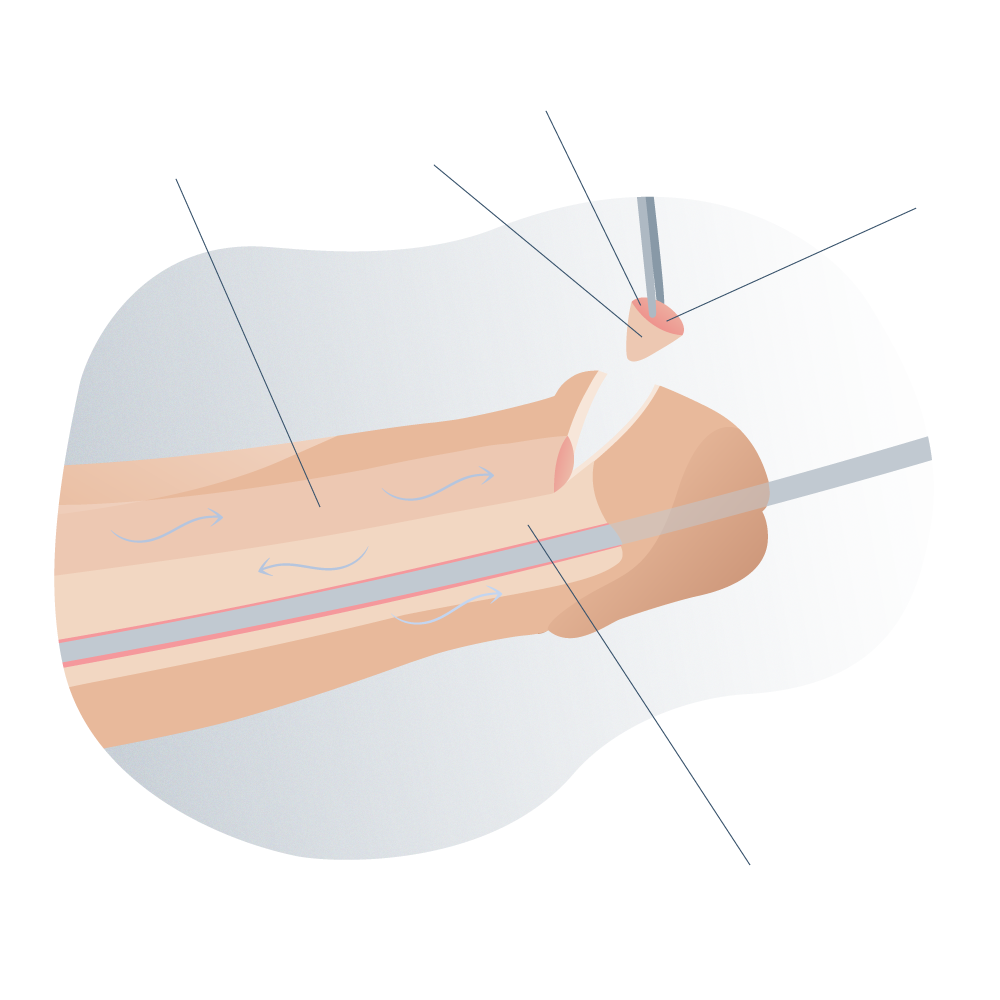
Ischemic priapism surgery 01
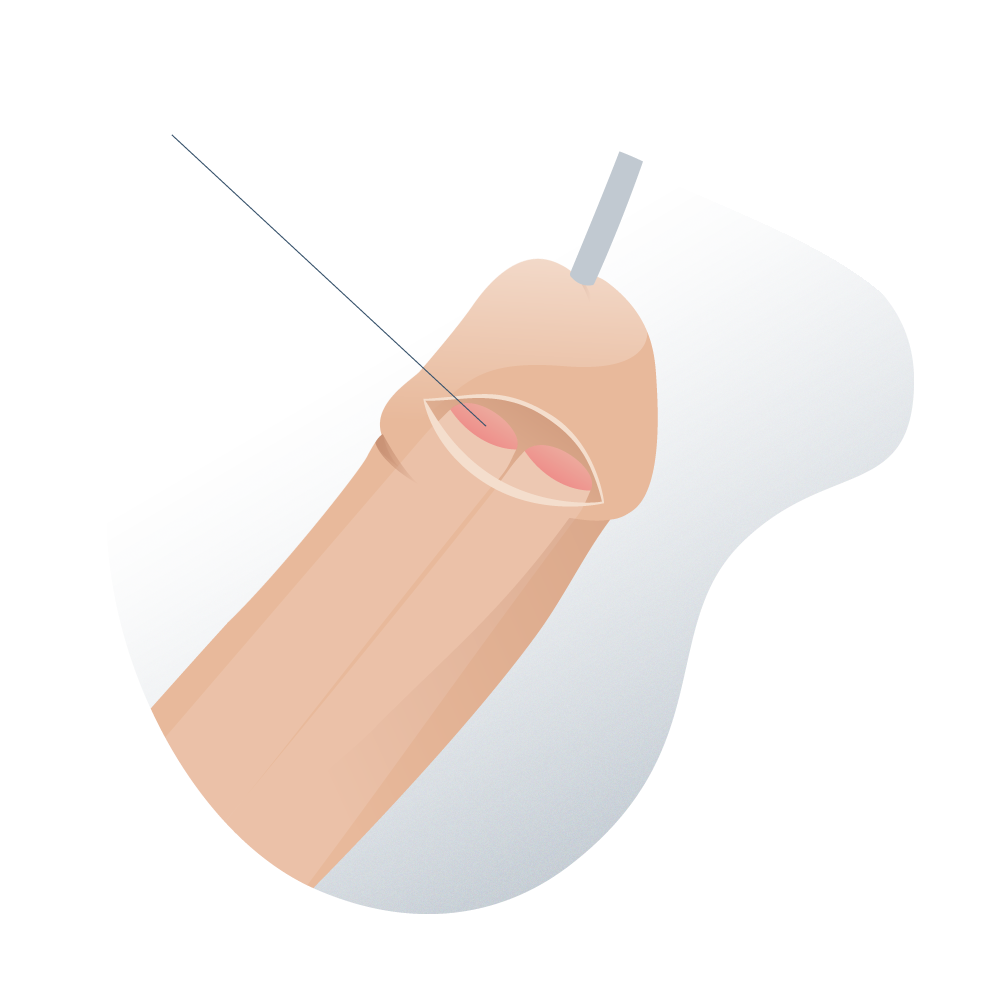
Ischemic priapism surgery 02
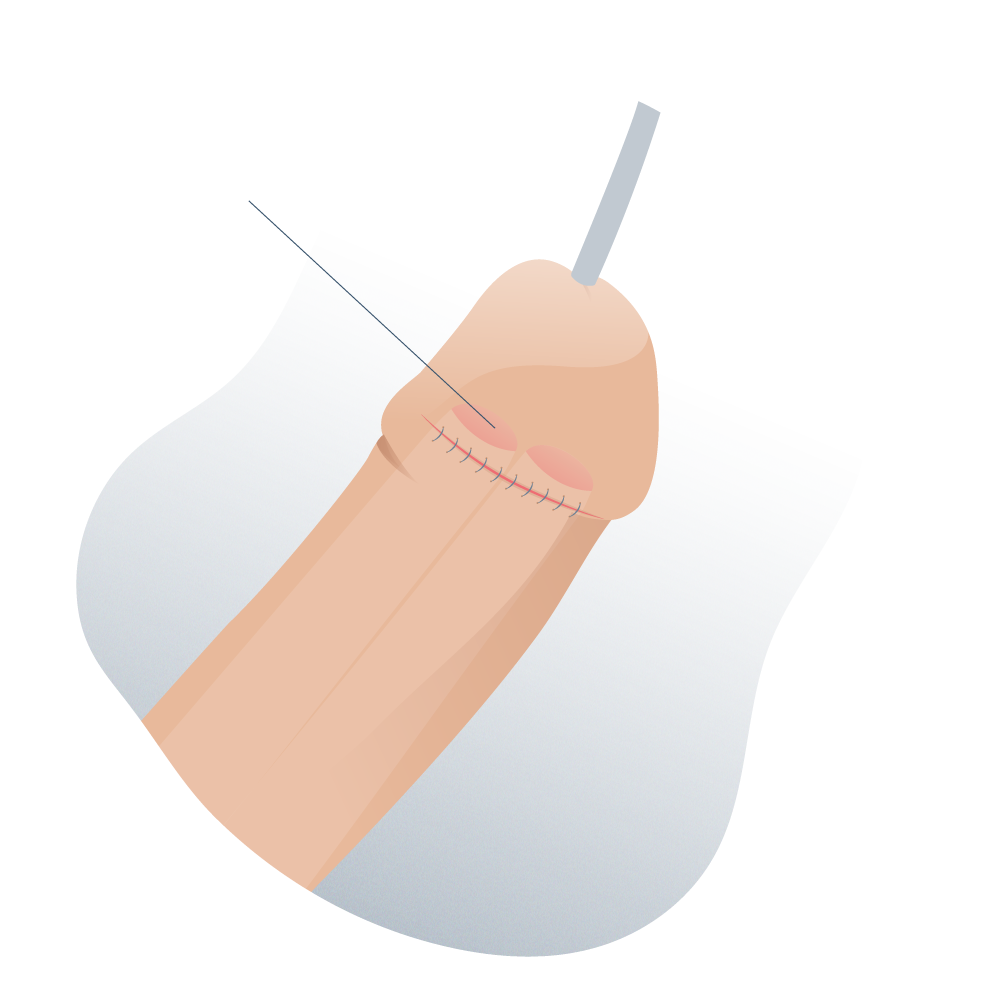
Ischemic priapism surgery 03
A priapism of non-ischemic type can be solved with measures that help restrict the elevated blood flow to the penis, among them are the application of ice in the genital area or compression of the perineum (where arteries that carry blood to the penis go through).
In any case, treatment should be a priority for the treating physician due to the large number of complications that can develop from this altered erection in men.
Penile prosthesis: solution to persistent erectile dysfunction after a severe case of priapism
One of the most frequent complications from an extreme case of priapism is erectile dysfunction, which can limit the sexual life of many men. However, not everything is lost. For some years now, a surgical technique has been developed that gives these men a notable improvement in sexual performance: the penile prosthesis.
Penile implant surgery (or penile prosthesis, as it is also called) is a recommended surgical intervention in cases of erectile dysfunction in which other conventional treatments (such as drugs) have failed or did not achieve the expected effect.
The purpose of this surgery is to introduce a semi-rigid element of specialized synthetic materials into the penis, from its base, thus providing firmness at the time of sexual intercourse and to the erection itself.
Penile implant treatment is usually very safe and has a high success rate. You can visit our dedicated website for more information. www.protesisdepene.es
Does female priapism exist?
Although even less frequent, female priapism is a pathology of the clitoris of the vagina, which causes inflammation and redness for a few hours, usually causes pain and carries a considerable risk of hypoxia and tissue necrosis (tissue death).
The clitoris is the feminine equivalent of the glans in men and, like the glans, can present a slight erection during certain sexual stimuli due to the fact that it is strongly irrigated and has a large number of nerve endings.
It is believed that certain medications (especially vasodilators or hormonal treatments) influence the onset of this disease in women.
It is also considered a medical emergency and people should not go looking for a solution on the Internet, but rather visit the hospital to be explored in person.

Advice for a patient who has developed this disease
Advice for a man who has suffered from priapism ranges from constant monitoring of the quality and duration of penile erections (because new episodes may occur) to reducing sexual practices or the use of substances that predispose to the onset of this disease while solving or reducing the problem.
Following the instructions of the doctor who has previously treated your case of priapism is key to preventing possible relapses.
Frequently asked questions about Priapism
Hide
If you consider that an erection has lasted longer than it should (more than a couple of hours, at most three hours if you have taken a drug against impotence), becomes painful or persists even in the absence of sexual stimuli, you must suspect a problem of priapism and it is vitally important that you attend the emergency room as soon as possible so that health professionals confirm the diagnosis and give the most appropriate treatment for the case.
This is no time to waste on shameful thoughts (will they laugh at me when I seek help?) or home remedies on the Internet that could worsen your state of health and endanger the integrity of your penis. We’re talking about something serious.
In the worst case scenario, priapism could cause almost irreparable damage to the tissues of the penis and adjacent structures (such as the scrotum or testicles). Lack of blood supply (leading to lack of oxygen and other nutrients, accumulation of waste substances such as carbon dioxide or lactic acid) can lead to cell death and gangrene.
In this case, treatment consists of amputation of the penis. Fortunately, for this to happen, priapism should last more than 24 hours, more than enough time to seek medical help.
Not directly. Certain sexually transmitted infections (STIs), such as syphilis, human papillomavirus or certain fungi, can swell the delicate mucous membranes of the penis (glans or foreskin), making it easy to confuse them with priapism, especially when there is a lack of knowledge about the clinical manifestations of these pathologies. Indirectly, they could predispose the area to blood imbalances.
In theory, there is no clear relationship between priapism and the onset of penile cancer (which in itself has a cause that is difficult to determine).
However, severe priapism (accompanied by signs of tissue necrosis) can predispose the cells of the penis to alter its normal processes, so there must be continuous monitoring to assess that everything is progressing well.
BLOG ANDROMEDI
Other articles that may interest you

Testosterone: Essential hormone for success?
5 April 2024

Could Covid-19 decrease penis size?
5 April 2024

Laparoscopic surgery for prostate
26 September 2023

Cavernous body rotation technique
5 April 2024

Laser prostate surgery
22 November 2021

To whom, how and where can i buy caverject? All about injectable aprostadil work. A solution to erectile dysfunction.
5 April 2024

What is it and how does penile prosthesis or implant work. A solution to erectile dysfunction.
5 April 2024

Why are jelquing exercises or penis enlargement massages so dangerous (and why they don’t work)?
5 April 2024

Xiaflex: the first non-surgical treatment for acquired peyronie’s disease or curved penis
5 April 2024

Impotence, incontinence and other problems after prostate surgery
22 November 2021

Getting a thicker penis: is thickening surgery safe?
5 April 2024

“Operating for phimosis does not increase the size of the penis” – One of the most repeated myths
5 April 2024

How is the sexual life of a man with a penile prosthesis? – Advantages and disadvantages of prostheses
5 April 2024

Andromedi opens a new Clinic in the Canary Islands
5 April 2024

Why do men wake up with an erection in the morning?
5 April 2024
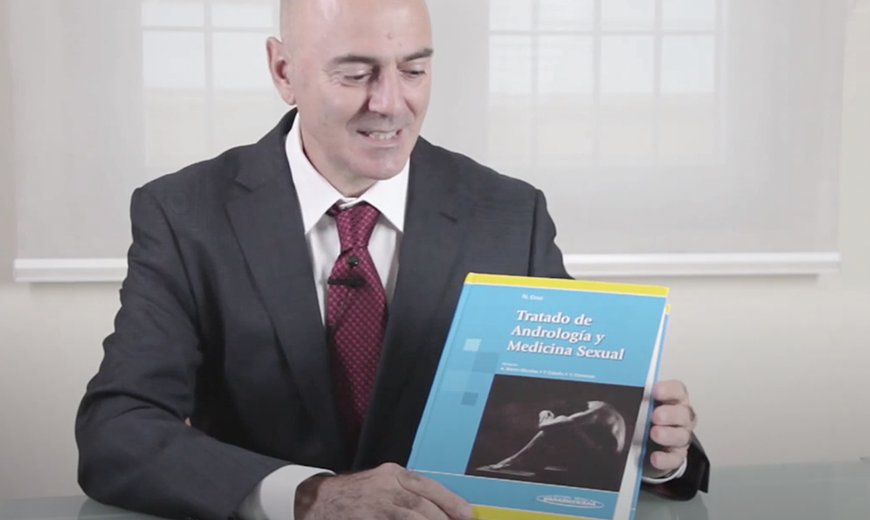
Andrology Textbook
5 April 2024
Author
Natalio Cruz MD, with 25 years of medical experience, has been until 2016 Head of the Andrology Unit in the Urology Service of the Virgen del Rocío Hospital in Seville, National Coordinator of Andrology in the Spanish Association of Urology (AEU) and General Secretary in the ESSM, positions that he has narrowed to focus squarely on this exciting project of offering a high-level private medical consultation in Marbella, Seville, Madrid and Tenerife.
